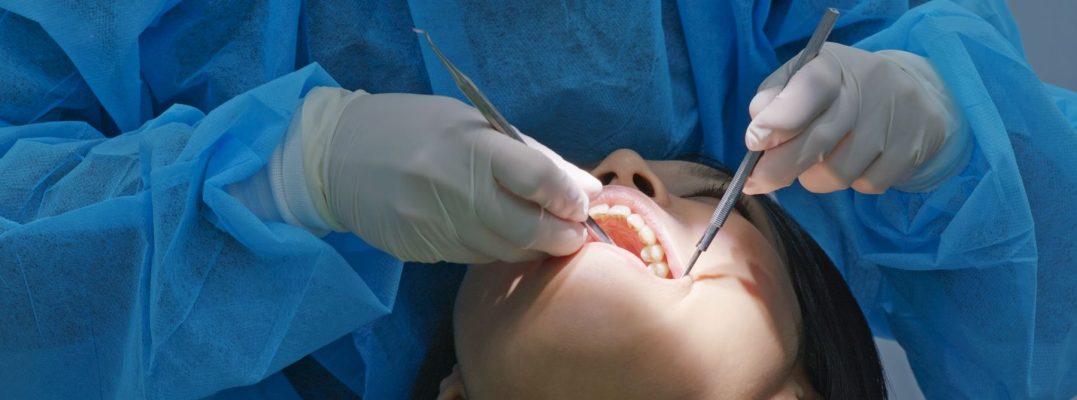Wisdom Teeth Extractions
Unfortunately, the average mouth usually only has space for 28 teeth. No one is exactly sure why. Problems can arise when these last four teeth try to fit in a mouth that only holds 28 teeth. These last four teeth are commonly known as “wisdom teeth” or “third molars”.
In some cases, an individual’s jaw is large enough to allow room for the wisdom teeth to come in and be cleaned. However, more often than not, one or more of these wisdom teeth fails to properly emerge or is unable to push through the gums, resulting in an impacted tooth.
Exposure and Bonding of Impacted Teeth / Uncovering Buried Teeth
Tooth exposure is the process by which we first uncover a tooth that is either fully or partially buried beneath the gum line, and then we bond an attachment so that your Orthodontist can direct the tooth into position.
Root Resection and Retrograde Fillings
Retrograde filling is a restoration placed in the apical part of a tooth root to seal the apex of a previously treated root canal. An incision is made through the tissue over the root of the tooth so the underlying area can be cleaned and the end of the root smoothed off.






